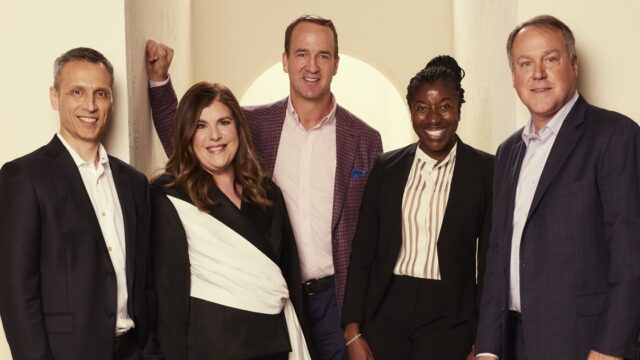The Real Impact of the Disney and Charter Deal: A ‘Canary in a Coal Mine’
Fine-tune your media, marketing and technology strategies at the Convergent TV Summit on October 25 with expert insights and strategies from the pros. Register now to save 35% on your pass.
Hours ahead of the first Monday Night Football game of the season last week, Disney and Charter ended a carriage dispute that restored ESPN to nearly 15 million cable television customers. Prior to the agreement, headlines proclaimed the deal between the two companies would change TV forever.
That didn’t quite happen.
Both sides made concessions, with the deal guaranteeing Disney its more than $2 billion in carriage fees as channels such as ESPN, ABC and FX were restored. For its part, Charter received the chance to offer various Disney streaming services alongside some of its Spectrum cable plans. However, rather than Charter ultimately walking away from Disney or the House of Mouse implementing an innovative streaming bundle strategy, the results weren’t necessarily the “transformative” agreement that was promised.
“It certainly puts to rest the current hand-wringing over what this means in the bigger picture,” Paul Verna, principal analyst at Insider Intelligence, told Adweek, adding, “I think it just accentuates the urgency that everyone has to try to make a profitable transition to digital.”
According to Verna, the deal doesn’t change the underlying issues in the push to streaming.
Though media companies want to shift to OTT, monetization has proven difficult, making billions in carriage fees increasingly important, even if linear isn’t “core” to a company like Disney, as CEO Bob Iger infamously told CNBC. Meanwhile, the cable distributors don’t want to be in pay TV indefinitely either, as internet delivery is a more profitable alternative, but abandoning millions of customers is easier said than done, especially when you’re trying to get a piece of the streaming pie too.
“Those dynamics haven’t changed just because these companies walked to the edge of the cliff and walked back,” Verna said.
Walking to the edge of the carriage deal cliff involved a lot of sparring in the media, with Disney running ad pods directing consumers to Hulu as an alternative and Charter CEO Chris Winfrey proclaiming things like, “If we’re moving on, that’s OK.”
But all the talk was just talk, and TV advertisers and consumers were collateral damage.
‘Backup plans upon backup plans’
With the channel blackout between Charter and Disney taking place from Aug. 31 to Sept. 11, millions of consumers were stuck without access to major sporting events, including the U.S. Open and college football. Meanwhile, marketers were left wondering what would happen to their ads.
“Every client that had anything related to that blackout was asking the question of, ‘Well, what happens with that? What’s the backup plan?’” a media buyer told Adweek, speaking on the condition of anonymity.
Further complicating the situation for advertisers, sports were thought to be a safeguard during the ongoing Hollywood strikes. But with blackouts threatening NFL games, marketers were resorting to “backup plans upon backup plans,” the buyer said. And, though there are always alternative ways into the market, considering things like YouTube TV’s sports offerings or even The CW adding ACC games, it seems those backup plans will be more important than ever moving forward.
“At a macro level, if you look at how big shifts in any sort of marketplace or consumer goods happen, this may have been less the thing that changed it forever and more like the real canary in the coal mine that indicates that there could be bigger changes coming,” according to the buyer.
Familiar change
But even with changes on the horizon, such as traditional cable bundles going away or new mix-and-match possibilities between streaming and linear, the TV landscape might look more familiar than previously thought.
For instance, Philip Inghelbrecht, CEO of Tatari, told Adweek that, whether Disney and Charter made a deal or not, carriage disputes are here to stay.
“Fast forward three, five years—in my opinion—we’re going to be in the exact same situation as we are today in terms of carriage deals,” Inghelbrecht said. “Instead of carriage fees for cable, it’s going to be streaming. Because when all these deals come up for renewal, all the networks need that money.”
Verna calls the future of the industry “a bit of a whack-a-mole game,” with more and more carriage disputes undoubtedly popping up. And though this deal didn’t change the TV landscape, it’s a prelude to the ones that will, with the analyst noting that change happens “slowly and then all at once.”
“It’s like a Jenga game where it looks solid, you pull some blocks off the top and that thing is still standing,” Verna said. “But at some point, one of the support blocks comes off, and the whole thing tumbles.”
https://www.adweek.com/convergent-tv/impact-disney-and-charter-deal/
